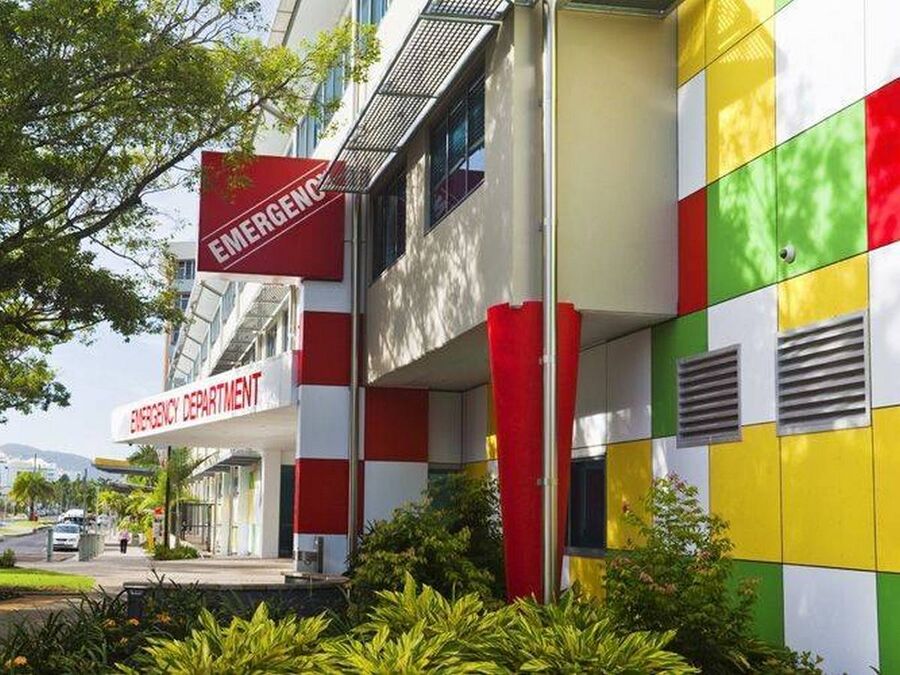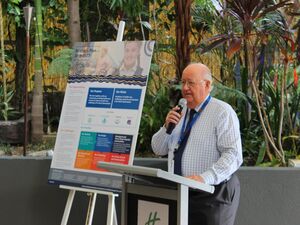Cairns and Hinterland Hospital and Health Service continues to claw back budget deficit despite rising demand for services

The Cairns and Hinterland Hospital Service reduced its operating budget deficit by more than $10-million in the 2017/18 year, even though patient demand climbed.
According to the CHHHS’s annual report, $894-million was spent on health services.
There was a 10-per-cent increase in the workload at outpatient clinics and a four-per-cent increase in the emergency department, with presentations exceeding 70-thousand for the first time.
The increase in overall demand was higher than the rate of population growth, perhaps exacerbated by 43 fewer babies born across the region, compared with the previous year.
CHHHS Chief Executive Clare Douglas congratulated the Service’s staff on a tough year of service.
“During the past year we have seen more patients coming into our facilities, as well as an increase in people accessing community based services.”
“We are the largest employer in the region, and every one of our 5,988 full-time, part-time and casual staff has worked incredibly hard to deliver the very best in patient care,” she said.

The number of staff at the Health Service has climbed, contributing to total expenses rising $28-million to $913.78-million.
That’s an average spending of $2.5-million per day.
In contrast, revenue was $894.143-million, most of which came from Queensland Health, including an equity contribution to cover an anticipated year-end deficit of $29.6-million.
That didn’t eventuate, with the deficit standing at $19.6-million, compared with $32.1-million at the end of the 2016/17 financial year.
It’s a far cry from 2016, when the entire board of the CHHHS resigned over an $80-million deficit.
Current Board Chair Clive Skarrot said the savings have been across the board and are the result of the Health Service continuing to implement a deficit reduction plan.
“During the 2017-18 period, the Health Service has continued its responsible and sustainable approach to the management of its budget,” he said.
“We look forward to continuing this work into the current financial year.”
Mr Skarrot said the Health Service also made ground with the reduction of wait lists and increased surgical activity.
The percentage of emergency department patients who were seen within recommended time frames was above target in all categories.
However, the median wait time for elective surgery was 29 days, which failed to meet the 25-day target and the percentage of elective surgery patients treated within clinically recommended times was slightly below target.
The percentage of patients seen within recommended times at specialist outpatient clinics was generally above target.
Mr Skarrot said the result builds the case for Cairns Hospital to be transitioned to a tertiary hospital, similar to those in Townsville and on the Gold Coast.
“The Board has conveyed how eager they are to continue our strategic focus to work towards becoming a university hospital, which in turn will provide our community with improved access to the latest developments in health care.”
The proposal is part of CHHHS’ Clinical Services Plan for the next five years.








